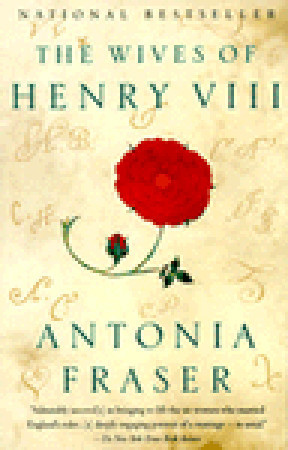What do you think?
Rate this book


479 pages, Paperback
First published January 1, 1992
 which details the life of queen Juana of Castile, the last queen of Spanish blood to inherit her country's throne, her sister Catherine of Argon was the first wife go King Henry VIII. I came across
which details the life of queen Juana of Castile, the last queen of Spanish blood to inherit her country's throne, her sister Catherine of Argon was the first wife go King Henry VIII. I came across
 when it was reviewed by a Goodreads member I decided to give it a try as Tudor history has not been high my radar and I wanted to learn more about Catherine's time in England.
when it was reviewed by a Goodreads member I decided to give it a try as Tudor history has not been high my radar and I wanted to learn more about Catherine's time in England.